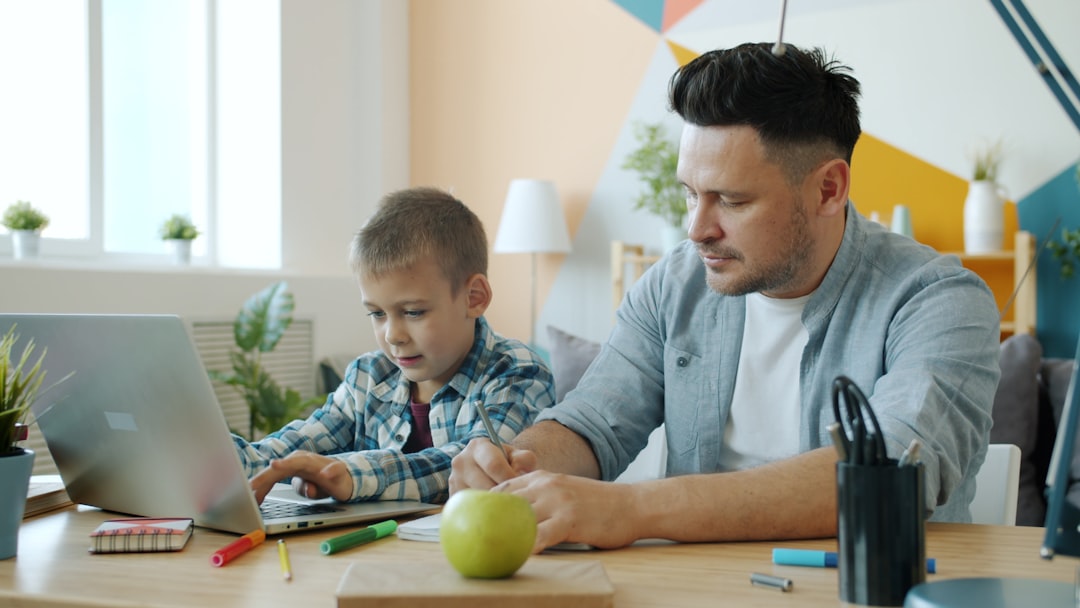
You've heard the clinical promises-- that ABA therapy is the "gold standard" for autism intervention. But let's be honest-- the gold standard doesn't matter if you can't actually see the results in your child's daily life.
This article cuts through the academic language and goes straight to what matters most-- the tangible, measurable benefits you'll witness as a parent. We're talking about the pure relief of watching your child ask for a toy instead of having a meltdown. The pride when they make a friend at the park. The independence when they can finally tie their own shoes.
These aren't abstract clinical outcomes. They're the real-world moments that transform your family's quality of life. Let's explore what ABA can actually deliver.
Communication-- Finding Their Voice
For many families, communication challenges are the most distressing barrier. When a child can't express their basic needs, frustration builds for everyone. ABA directly addresses this through systematic, evidence-based communication training.
From Silence to Requests
The Starting Point-- Many children begin therapy non-verbal or with extremely limited expressive language. The inability to say "I'm hungry" or "That hurts" creates daily stress.
The ABA Approach-- Therapists use methods like manding (teaching requests), PECS (Picture Exchange Communication System), or speech-generating devices to give your child a functional way to communicate immediately.
The Real-World Win-- Instead of screaming when they want juice, your child hands you a picture card or uses a device to say "juice please." That single shift reduces meltdowns, increases independence, and gives your child agency over their world.
Beyond Basic Needs-- Social Language
Communication isn't just about requesting items. It's about connection.
Teaching Conversations-- ABA systematically teaches children how to answer "What's your name?" or "What do you like to do?" These aren't rote scripts-- they're the building blocks of friendship and social inclusion.
The Outcome You'll Notice-- Your child starts greeting relatives spontaneously. They share something exciting that happened during their day. They ask a peer if they can join a game. These are the moments that make therapy worth every single hour invested.
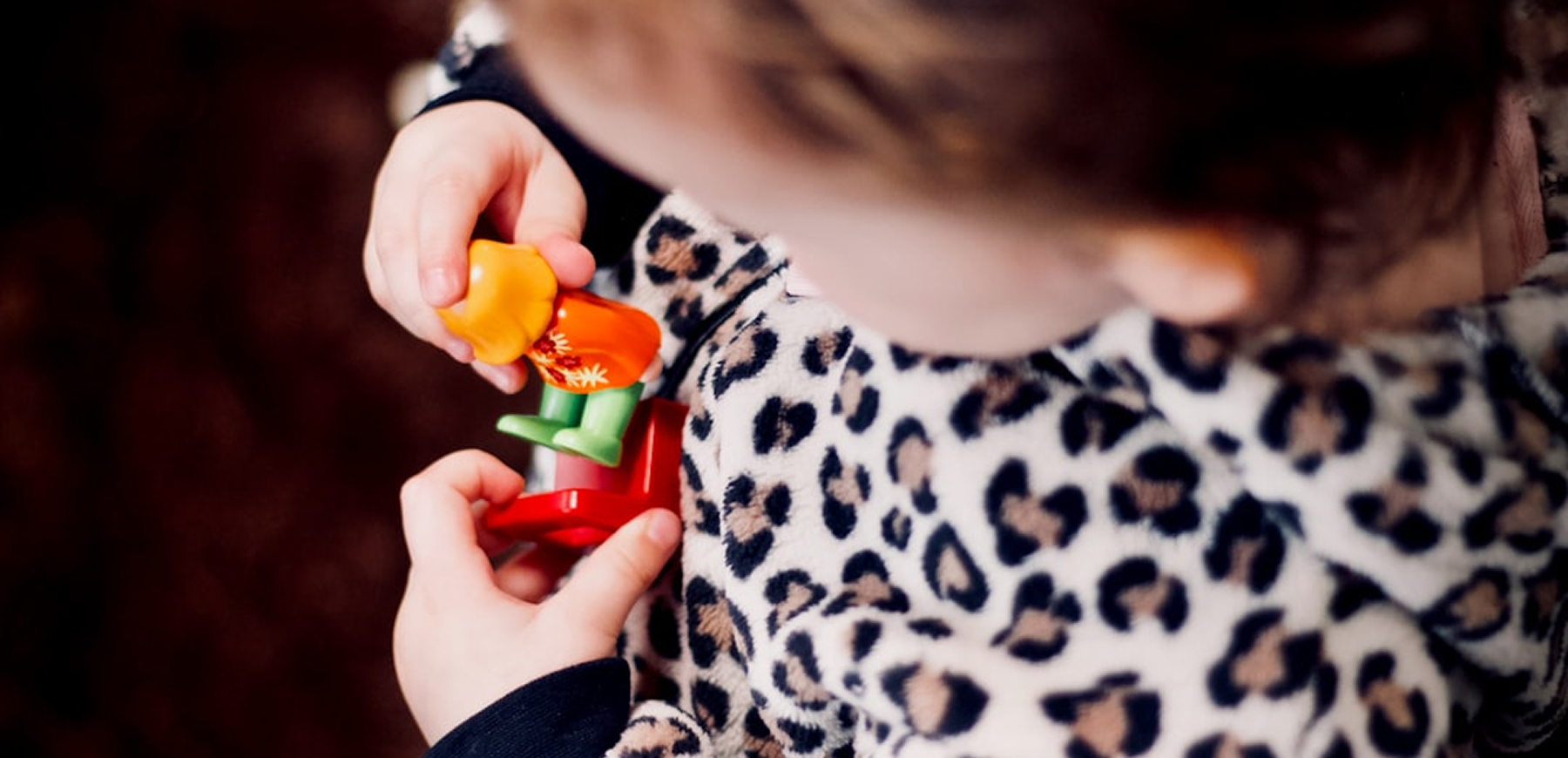
Daily Living Skills-- Building Independence
Self-care and daily routines aren't just about convenience-- they're about dignity, confidence, and the ability to participate fully in life.
Self-Care Milestones
ABA breaks down complex tasks into achievable steps. Whether it's toilet training, getting dressed, or brushing teeth, the therapy creates a clear pathway to mastery.
The Task Analysis-- A BCBA will break "getting dressed" into 15+ discrete steps, teaching each one systematically until your child can complete the entire routine independently.
The Family Impact-- Morning routines stop being a battle. Your child gains confidence. You reclaim time and reduce stress. Independence in self-care creates space for your child (and you) to focus on more meaningful activities.
Community Participation
Can your child safely cross a street? Order food at a restaurant? Navigate a grocery store? These aren't trivial skills-- they're the foundation of adult autonomy.
Real-World Practice-- Quality ABA includes community-based training sessions where therapists practice these skills in actual environments-- not just at a table in a clinic.
The Long-Term Benefit-- Your child develops the competence and confidence to participate in community life. This is the difference between dependence and self-direction as they grow older.
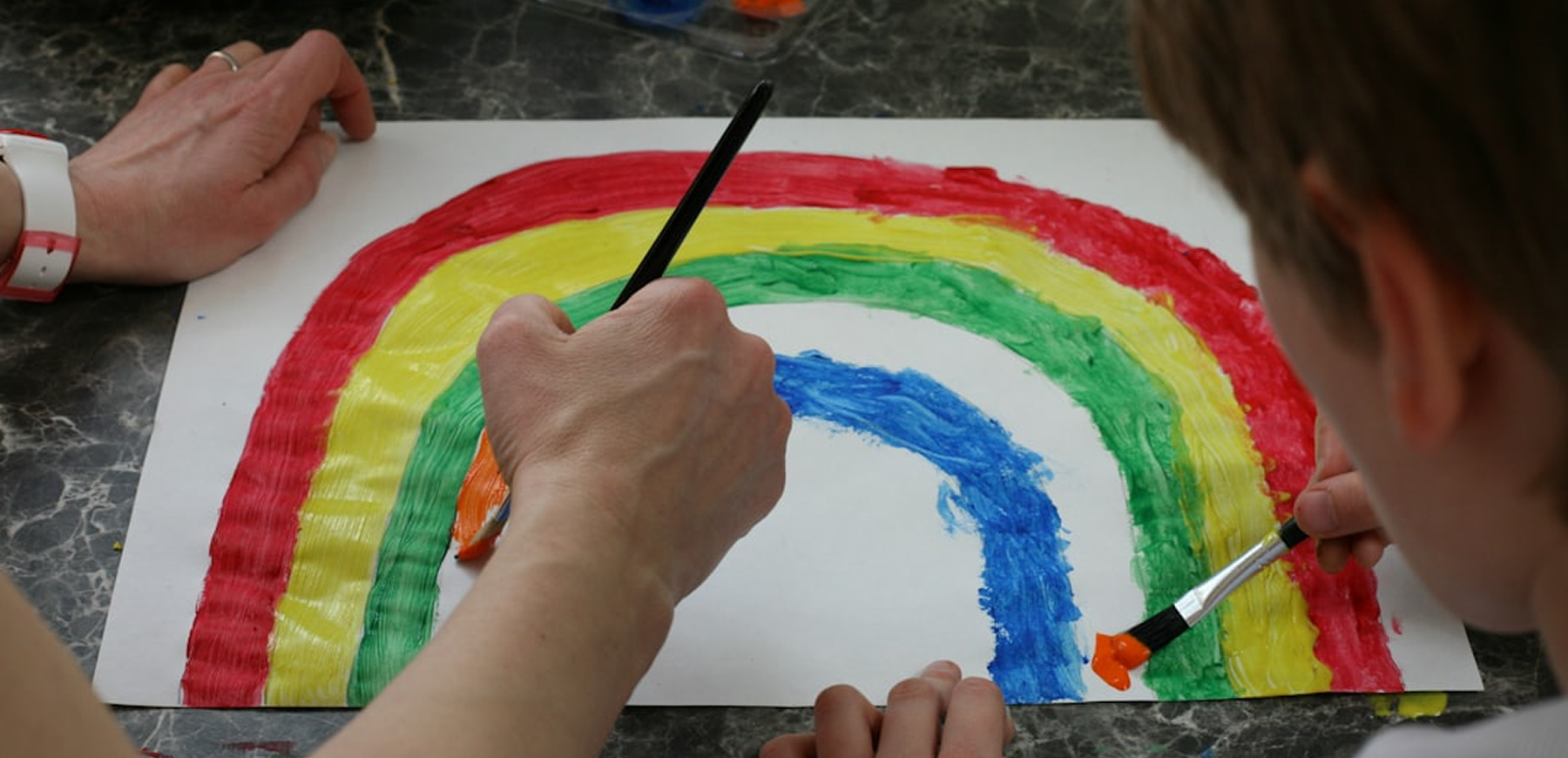
Social Skills-- Connecting with Others
Social interaction can feel like an invisible maze for autistic children. ABA makes the implicit rules explicit and teachable.
Play Skills and Peer Interaction
The Challenge-- Your child might play alone while other kids interact. They might not know how to join a game or respond when a peer says hello.
The ABA Solution-- Therapists directly teach play skills-- how to share, take turns, initiate play, and respond to social bids. This often includes peer-mediated interventions where neurotypical peers are coached to facilitate interaction.
The Joy You'll Witness-- Your child is invited to a birthday party. They make a friend at school. They laugh during a game of tag. These aren't just clinical achievements-- they're memories you'll treasure forever.
Understanding Social Cues and Emotions
Many autistic children struggle to read facial expressions or understand tone of voice. ABA teaches these skills explicitly.
Emotion Recognition-- Using visual aids, role-playing, and systematic practice, children learn to identify emotions in themselves and others.
The Practical Outcome-- Your child can tell when you're upset and might offer comfort. They recognize when a peer is frustrated and give them space. These abilities dramatically improve social relationships and reduce conflict.
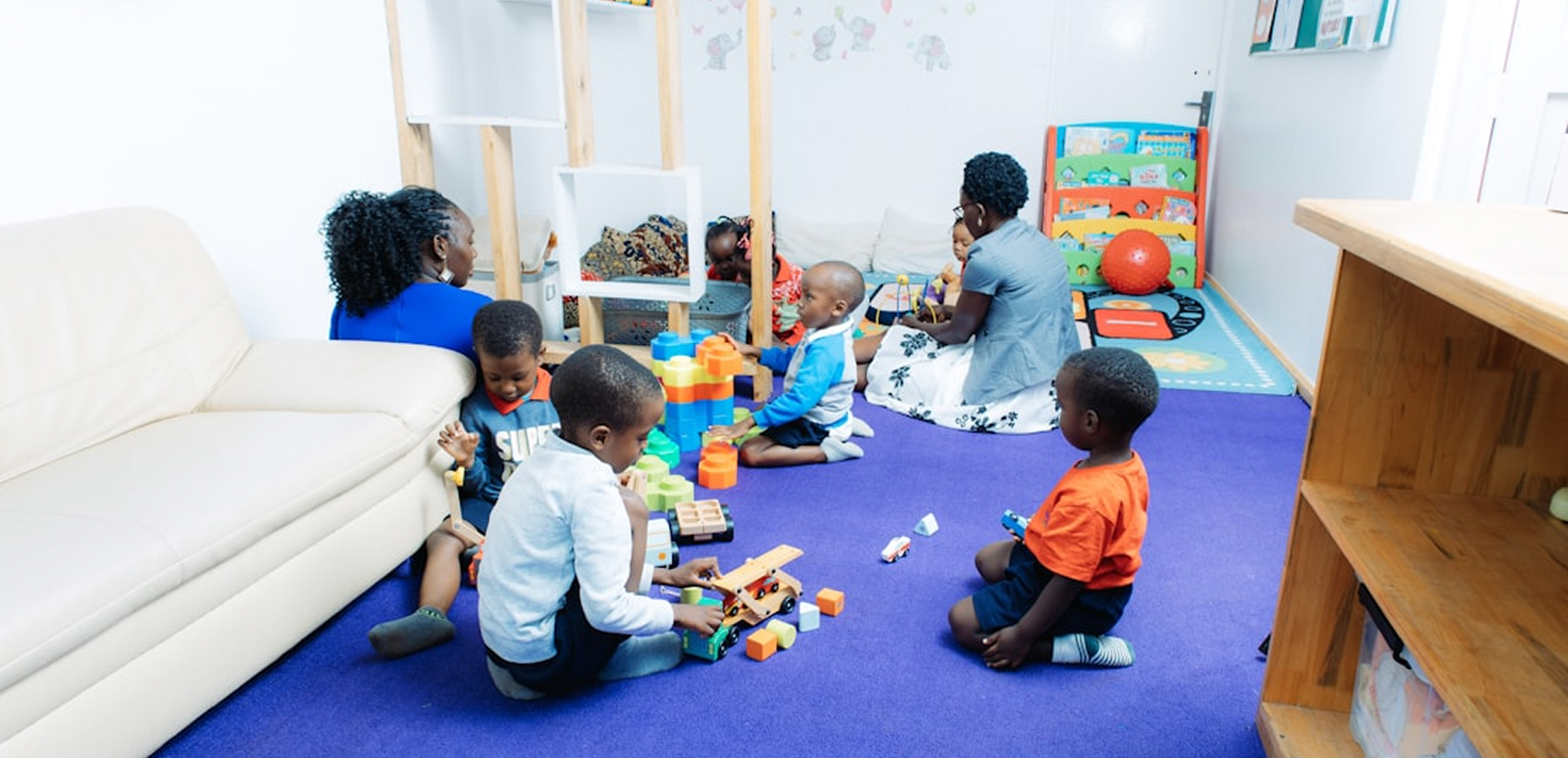
Behavior Reduction-- Replacing Crisis with Calm
Challenging behaviors-- aggression, self-injury, property destruction-- aren't just disruptive; they're dangerous and heartbreaking. ABA addresses these behaviors at their root.
Understanding the Function
Every behavior serves a purpose. ABA uses Functional Behavior Assessments (FBA) to determine why a behavior is occurring-- is it to escape a demand? Gain attention? Access a preferred item? Provide sensory input?
The Solution-- Once the function is known, ABA teaches a replacement behavior that serves the same purpose but is safe and appropriate. If hitting gets attention, the child learns to tap someone's shoulder and say "excuse me."
The Transformation You'll Experience
Reduced Meltdowns-- Because your child now has effective communication and coping skills, the frequency and intensity of meltdowns decrease dramatically.
Safer Home Environment-- Aggression and self-injury decline. Your child, siblings, and you are physically safer.
Access to More Opportunities-- When behaviors are managed, your child can participate in activities that were previously impossible-- school excursions, family gatherings, community events.
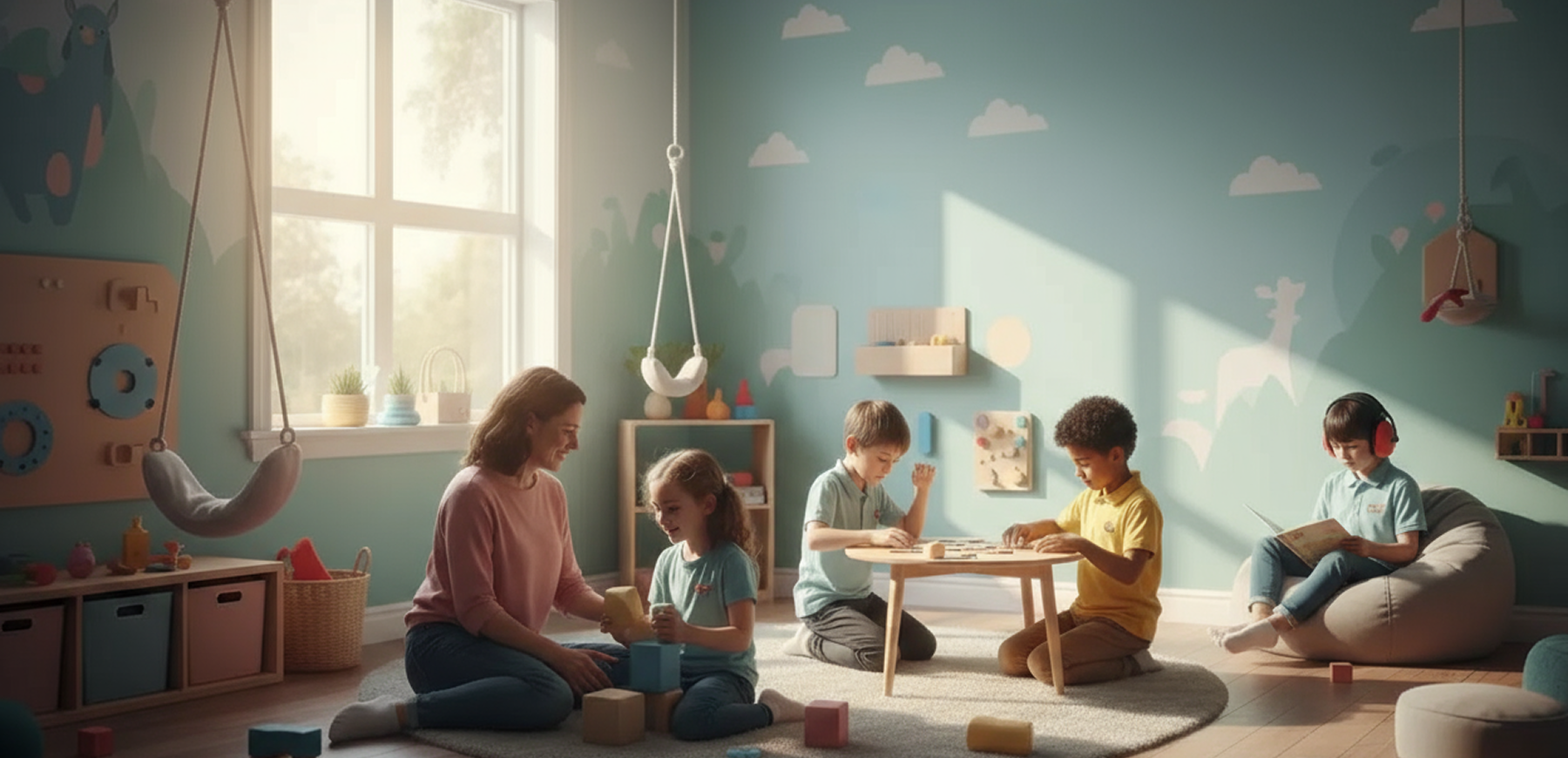
Academic Readiness-- Preparing for School Success
Learning isn't just about memorizing facts-- it's about having the foundational skills to engage with instruction and retain information.
Pre-Academic Skills
Attention and Focus-- ABA teaches children how to sit, attend to a teacher, and follow group instructions-- skills essential for classroom success.
Imitation and Following Directions-- If a child can't imitate actions or follow multi-step directions, they'll struggle in any educational setting. ABA builds these skills systematically.
The Educational Impact
School Placement-- Children who receive quality early intervention are significantly more likely to be placed in mainstream classrooms rather than specialized settings.
Learning Efficiency-- With strong foundational skills, your child can actually benefit from classroom instruction rather than just being present.
Long-Term Trajectory-- The academic skills built through ABA create opportunities for higher education, vocational training, and meaningful employment in adulthood.

Family Quality of Life-- The Ripple Effect
The benefits of ABA extend far beyond the child receiving therapy. The entire family system experiences positive change.
Reduced Parental Stress
Less Crisis Management-- When behaviors are under control and communication improves, daily life becomes more predictable and less exhausting.
Increased Confidence-- Parent training gives you the tools to handle challenges effectively. You stop feeling helpless and start feeling competent.
Improved Sibling Relationships
More Positive Interactions-- As the child in therapy develops better social skills and reduced aggression, relationships with siblings improve.
Family Activities Become Possible-- Outings that once felt impossible (restaurants, movies, vacations) become achievable when behaviors are managed and skills are in place.
Hope for the Future
Perhaps the most profound benefit-- ABA gives families hope. You see progress. You see potential. You see a pathway to a meaningful, independent life for your child.
The Evidence-- What Research Tells Us
The real-world benefits aren't just anecdotal-- they're backed by decades of rigorous research.
Measurable Outcomes
IQ Gains-- Early intensive behavioral intervention has been shown to produce IQ gains averaging 10-20 points.
Language Development-- Studies consistently show significant improvements in both receptive and expressive language skills.
Adaptive Behavior-- Children receiving ABA show substantial gains in daily living skills, socialization, and community functioning.
Long-Term Follow-Up Studies
Research tracking children into adolescence and adulthood shows that early intensive ABA is associated with--
- Higher rates of mainstream education placement
- Increased independence in daily living
- Better employment outcomes
- Improved quality of life measures
- Reduced need for intensive support services
The Bottom Line-- Results That Matter
The benefits of ABA aren't abstract or theoretical. They're the tangible, life-changing improvements you'll witness in your child's daily life.
From first words to first friendships. From meltdowns to mastery. From dependence to independence. These are the outcomes that justify the time, effort, and investment ABA requires.
If you're considering ABA for your child, focus on finding providers who prioritize these real-world, functional outcomes-- not just data collection for its own sake. Quality ABA is measured by the meaningful changes it creates in your family's life.
The question isn't "Does ABA work?" The evidence is clear-- it does. The real question is-- "How can we make sure my child gets the highest quality ABA possible?" That's the conversation worth having with a qualified BCBA.







